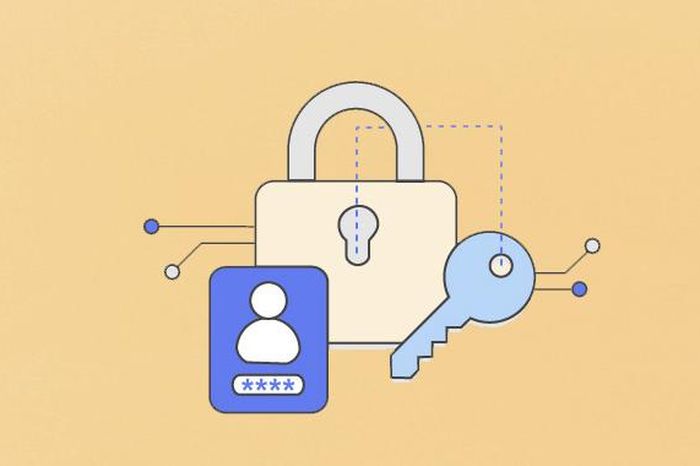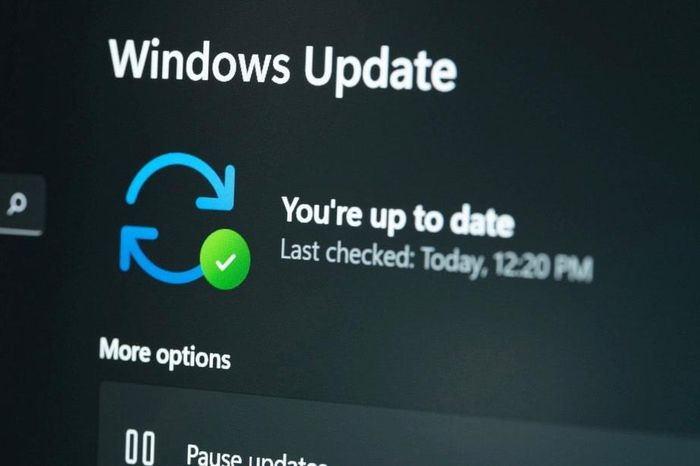Four Windows vulnerabilities can be exploited in the perfect attack chain

According to Bkav's cybersecurity experts, the first vulnerability (identification code CVE-2023-29325) is a remote code execution error in OLE (Object Linking & Embedding) technology on Windows, affecting Outlook.
To exploit, a hacker sends a malicious phishing email to the user. As long as the victim opens the email using Outlook software, or the Outlook application displays a preview of the email, the attacker can remotely execute code and take complete control of the device.
The second vulnerability, CVE-2023-29336, is an escalation of privilege error in the operating system's Win32k kernel driver. Successfully exploited, hackers can escalate from user to SYSTEM privilege (the highest privilege in the operating system), thereby installing malicious code on the target device and maintaining access. The vulnerability is currently being exploited in real attacks.
The third vulnerability, CVE-2023-24932, allows hackers to bypass the Secure Boot secure boot feature. To exploit, hackers seek to 'hide' or gain administrative rights on the target device, thereby installing bootkit malware on the system firmware. This bootkit allows hackers to take control of the device boot process, stay hidden longer and avoid detection by security solutions.
The most dangerous is the remote code execution vulnerability CVE-2023-24941 (CVSS severity score 9.8/10), which can be a springboard for hackers to deeply attack other systems. The vulnerability exists in the file sharing protocol in Windows' NFS (Network File System) network.
An unauthenticated attacker could send a specially crafted command to the NFS service, thereby gaining control of Windows servers. CVE-2023-24941 affects Windows Server 2012, 2016, 2019, and 2022 and specifically does not require user interaction.
According to Bkav experts, under ideal conditions, hackers can combine the above 4 vulnerabilities to form an attack chain as follows:
First, trick the victim into clicking on a fake email to exploit CVE-2023-29325, thereby gaining remote code execution on the target device.
Next, privilege escalation from user level to system privileges via CVE-2023-29336, which then infects the device with malware and maintains access.
Once on the device, hackers can exploit the Secure Boot security feature with CVE-2023-24932, install malware and maintain presence on the victim's system.
Finally, taking advantage of CVE-2023-24941 to exploit deeply into Windows servers.
'Successfully performing the attack steps, hackers can control the entire system, steal sensitive information.
In particular, the vulnerability CVE-2023-29325 puts users at risk of becoming victims of email phishing campaigns. Attacks in this form are quite easy, low cost and can be carried out on a large scale, so the impact will be huge.
It is recommended that users immediately update the Windows operating system to the latest version, the patch can be downloaded here. At the same time, users should not open strange emails of unknown origin. If abnormalities are detected on the system, they should contact the professional team to review and handle.
Microsoft fixed these errors in the May patch (Patch Tuesday).
You should read it
- The Mail app on iOS has serious vulnerabilities
- HP publishes a series of critical vulnerabilities in the Teradici PCoIP protocol
- Immediately fix critical vulnerabilities in Windows NTLM security protocol
- You can gain admin rights of Windows 10 just by plugging in a Razer mouse
- Microsoft expert discovered a series of serious code execution errors in IoT, OT devices
- New worm attacks Windows
- Microsoft released a patch for 75 critical vulnerabilities on Windows 7 / 8.1 / 10, asking users to install
- New dangerous vulnerability in Intel CPU: Works like Specter and Meltdown, threatening all PCs and the cloud
May be interested
- Detects Zero-Day vulnerabilities on Windows PC operating systems that allow administrative rights
 security firm kaspersky (russia) has discovered a zero-day vulnerability on pc operating systems that has been exploited and exploited by hackers for a long time to control all systems running on the platform.
security firm kaspersky (russia) has discovered a zero-day vulnerability on pc operating systems that has been exploited and exploited by hackers for a long time to control all systems running on the platform. - New worm attacks Windows
 security experts have discovered a new dangerous virus, taking advantage of the latest vulnerabilities in windows to attack the system.
security experts have discovered a new dangerous virus, taking advantage of the latest vulnerabilities in windows to attack the system. - Which country is STIHL chain saw? Is that good?
 with its strong and convenient characteristics, stihl chain saws have gained a lot of sympathy from professional mechanic. which country is stihl chain saw? is that good?
with its strong and convenient characteristics, stihl chain saws have gained a lot of sympathy from professional mechanic. which country is stihl chain saw? is that good? - Microsoft patched a critical vulnerability in Windows
 yesterday microsoft patched three vulnerabilities in windows, one of which could be exploited by attacks that trick users into accessing malicious websites.
yesterday microsoft patched three vulnerabilities in windows, one of which could be exploited by attacks that trick users into accessing malicious websites. - How to Break a Chain
 whether you own a bike or simply work with chains a lot, there will probably come a time at some point where you'll need to break a chain in order to remove and repair it. if you're trying to break a bike chain, you may need to use pliers...
whether you own a bike or simply work with chains a lot, there will probably come a time at some point where you'll need to break a chain in order to remove and repair it. if you're trying to break a bike chain, you may need to use pliers... - Microsoft fixes 149 security vulnerabilities on Windows, users should update immediately
 microsoft just released an april security update to fix 149 security vulnerabilities on windows, two of which are actively exploited in the wild.
microsoft just released an april security update to fix 149 security vulnerabilities on windows, two of which are actively exploited in the wild. - Hackers publish Windows attack code
 microsoft on october 28 has advised its customers that the vulnerabilities that attack the windows operating system are released by hackers.
microsoft on october 28 has advised its customers that the vulnerabilities that attack the windows operating system are released by hackers. - Risk of virus infection from browser and prevention
 plugins are preferable targets. plugin vulnerabilities can be exploited on all browsers and on many different operating systems. a flash plugin vulnerability could be exploited to exploit chrome, firefox or internet explorer on computers running windows, linux or mac operating systems.
plugins are preferable targets. plugin vulnerabilities can be exploited on all browsers and on many different operating systems. a flash plugin vulnerability could be exploited to exploit chrome, firefox or internet explorer on computers running windows, linux or mac operating systems. - Can GPUs be exploited by cybercriminals?
 the graphics processing unit (gpu) is invaluable to gamers, streamers, cryptocurrency miners, and many other high-volume computer users.
the graphics processing unit (gpu) is invaluable to gamers, streamers, cryptocurrency miners, and many other high-volume computer users. - Download and sell Windows patches for all versions to avoid being hit by a massive cyber attack, affecting 150 countries and still spreading
 a large-scale network attack is spreading globally, downloading windows updates immediately for prevented versions.
a large-scale network attack is spreading globally, downloading windows updates immediately for prevented versions.










 Microsoft warns of credential theft attack
Microsoft warns of credential theft attack Windows 11 update causes PC slowdowns, connection errors, and sign-in problems
Windows 11 update causes PC slowdowns, connection errors, and sign-in problems Users should update Windows immediately to fix 33 vulnerabilities
Users should update Windows immediately to fix 33 vulnerabilities Microsoft fixes 61 vulnerabilities in latest Windows update
Microsoft fixes 61 vulnerabilities in latest Windows update Should I download the CyberGhost VPN Free Proxy browser add-on?
Should I download the CyberGhost VPN Free Proxy browser add-on? Should you use a password generator to protect your online accounts?
Should you use a password generator to protect your online accounts?